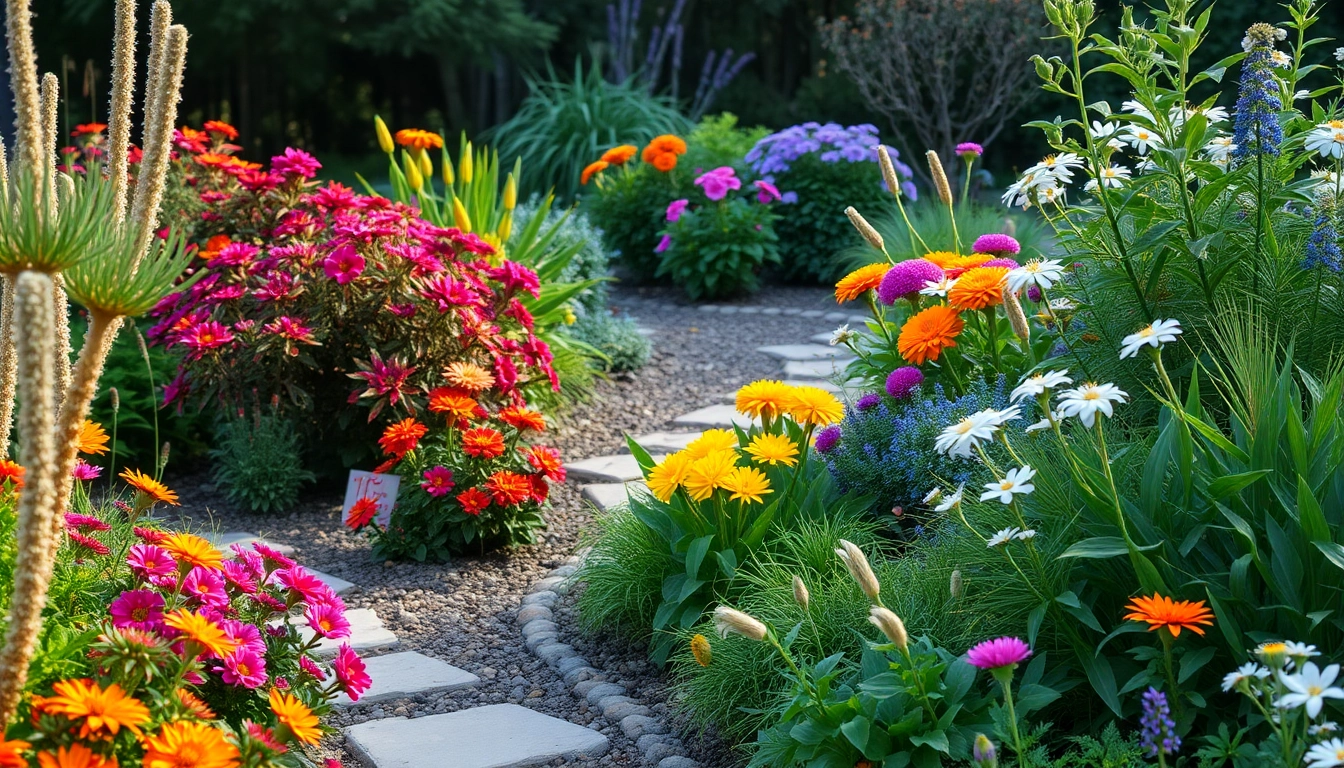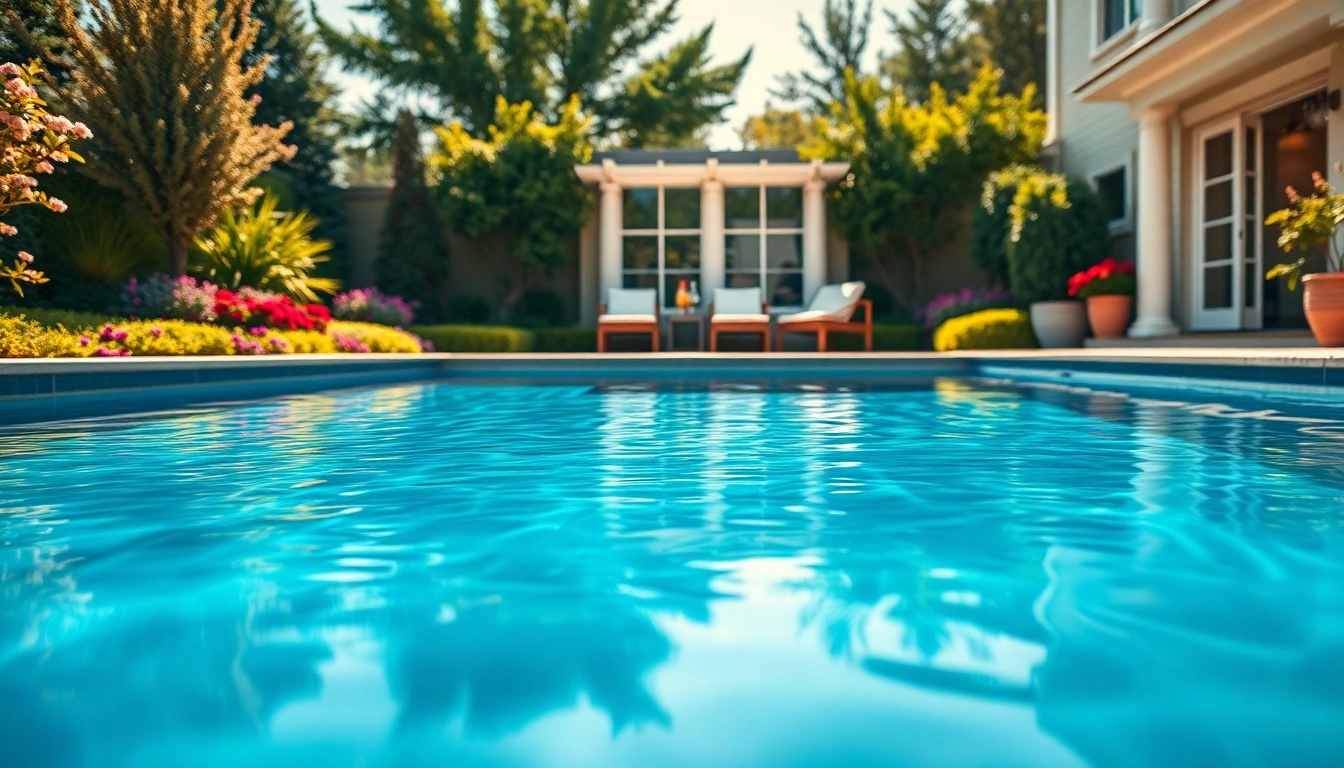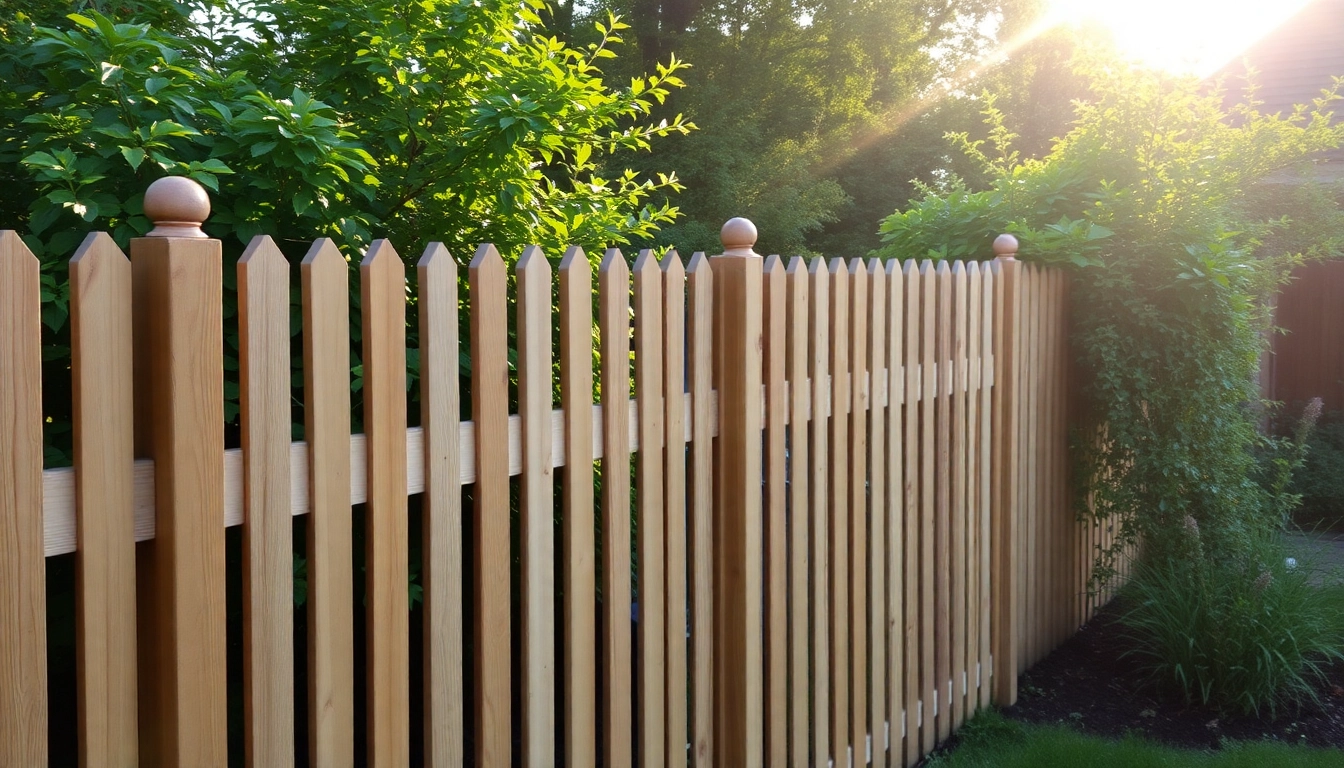1. Overview of Landscaping Company Pricing
Understanding how landscaping companies price their services is essential for homeowners and property managers alike. It can be a complex process influenced by numerous factors, including service types, geographic location, and specific client needs. By grasping the landscape of landscaping company pricing, you can make informed decisions that fit your budget and aesthetic goals.
1.1 Factors Influencing Pricing
Several critical elements affect the cost of landscaping services:
- Service Type: Different landscaping projects will incur varying costs depending on their complexity. Basic lawn maintenance, such as mowing and edging, tends to be less expensive than intricate garden design or hardscaping projects.
- Materials Used: The quality of materials—soil, plants, pavers, and water features—can significantly influence pricing. High-quality or specialty materials will drive up costs.
- Labor Costs: Worker wages can vary greatly by region and the skill level required for specific tasks, impacting overall service fees.
- Project Size: Larger projects typically result in bulk discounts for materials, but may also involve higher overall labor costs due to increased time commitments.
- Seasonality: Prices may fluctuate based on the time of year. Certain services, like snow removal in winter or planting in spring, might come with seasonal pricing adjustments.
1.2 Common Pricing Models in Landscaping
Landscaping companies may employ different pricing models, including:
- Hourly Rates: Common for maintenance services, this model charges clients based on the actual hours worked.
- Flat Fees: This model works well for standard services like lawn mowing or routine maintenance, providing clients with a predictable cost.
- Project-Based Pricing: Best for larger, one-time projects (e.g., installing a patio), the company evaluates the entire project scope and provides a detailed quote upfront.
- Contractual Agreements: For ongoing services, many companies offer contracts that specify a regular payment and scope of work, providing cost savings for long-term clients.
1.3 Geographic Influences on Rates
The location of your project can drastically affect pricing. Cities with higher costs of living generally have higher labor and material costs. Additionally, local economic conditions and demand for landscaping services can influence rates:
- Urban vs. Rural Areas: Urban areas often have a more competitive marketplace, which may lower prices. Conversely, rural areas may charge more due to higher transport costs and limited service options.
- Regional Climate: Certain climates may require specialized services (like winterization or water-efficient landscaping), which can affect pricing.
2. Breakdown of Landscaping Services and Their Costs
To effectively budget for landscaping, it’s vital to understand the various services available and their associated costs.
2.1 Lawn Maintenance Services Pricing
Lawn maintenance is a fundamental aspect of landscaping and usually encompasses the following services:
- Mowing: Average costs range from $30 to $80 per visit, depending on lawn size and service frequency.
- Fertilization: Chemical or organic fertilization can cost anywhere from $50 to $100 for treatment, based on lawn size and product used.
- Weeding and Edging: Expect to pay between $30 and $70, considering labor time and the size of the area to maintain.
- Seasonal Clean-ups: Spring and fall clean-ups can range from $150 to $400, depending on the level of service needed.
2.2 Hardscaping Costs Explained
Hardscaping services include non-plant elements, such as patios, walkways, and retaining walls. These projects are typically more expensive but add significant value:
- Patio Installation: On average, costs range from $15 to $50 per square foot, varying with materials like concrete, pavers, or stone.
- Retaining Walls: Expect to pay between $20 and $50 per square foot, influenced by wall height, materials, and design complexity.
- Walkway Construction: Costs often lie between $10 and $30 per square foot, based on design choices and materials.
2.3 Seasonal Landscaping Pricing Trends
Landscaping pricing also shifts with seasonal demand. Understanding these trends can aid in cost-effective planning:
- Spring: Prime planting season, often leading to higher demand and costs for gardening services and new plant installations.
- Summer: Maintenance services peak; however, landscape installation may slow down due to heat.
- Fall: Seasonal clean-up and preparation for winter can result in discounted rates for fall services.
- Winter: Snow removal services thrive; however, these can be costly depending on the frequency and amount of snowfall.
3. Comparing Quotes from Landscaping Companies
When seeking landscaping services, it’s essential to gather and evaluate multiple quotes for informed decision-making.
3.1 What to Include in Your Request for Quote
A well-structured request for a quote can streamline the comparison process and ensure all necessary factors are included:
- Project Description: Clearly outline the scope and nature of the work needed.
- Timeline: Indicate your desired start date and expected duration of the project.
- Budget Considerations: If applicable, provide an estimate of your budget to align expectations.
- Service Frequency: If applicable, specify whether this is a one-time job or ongoing maintenance.
3.2 Analyzing Service Offerings Alongside Pricing
Price isn’t everything; consider the quality of service offered:
- Experience and Reviews: Research company backgrounds, customer testimonials, and previous projects.
- Materials and Equipment: Inquire about the tools and materials being used, as quality impacts longevity and results.
- Service Guarantees: Look for companies that offer satisfaction guarantees or warranties on their work.
3.3 Hidden Costs to Watch Out For
It’s crucial to be aware of potential hidden costs that can add to your budget:
- Permit Fees: Some landscaping projects require permits, which can add to your costs.
- Site Preparation Costs: Costs related to cleaning up the site or removing old plants can add up.
- Additional Services: Be cautious about additional services that may be suggested after work begins, such as pest control or irrigation installations.
4. Tips for Negotiating Landscaping Pricing
Negotiating pricing can be an effective way to ensure you receive the best value for your landscaping investment.
4.1 Building a Competitive Quote Comparison
To leverage negotiations, build a comparative analysis of quotes received:
- List Services Side-by-Side: Highlight what each company offers at what price to facilitate clearer discussions.
- Identify Key Differences: Acknowledge differences in service quality or guarantees that may justify higher rates.
4.2 Discussing Package Deals and Discounts
Many landscaping companies offer discounts for bundled services:
- Annual Contracts: Inquire about pricing reductions for signing long-term contracts for regular maintenance.
- Seasonal Promotions: Some companies provide discounts for offseason services, like winterization or fall clean-ups.
4.3 Understanding Value vs. Cost in Landscaping
While cost is important, it’s imperative to evaluate the value of the service offered:
- Long-Term Investment: Quality landscaping can yield significant property value increases.
- Expertise Benefits: Hiring professionals can save you time and potential mistakes during execution.
- Return on Investment: A well-landscaped property can enhance enjoyment and lifestyle, providing intangible returns.
5. Analyzing the Return on Investment in Landscaping
Investing in landscaping can provide significant returns, making it essential to understand your potential gains.
5.1 Financial Benefits of Professional Landscaping
Investing in professional landscaping services can lead to numerous financial advantages:
- Increased Property Value: Well-maintained properties tend to have higher market appeal and resale values. On average, landscaping can yield a return of about 100% on investment.
- Lower Utility Bills: Strategic landscaping can enhance energy efficiency, resulting in reduced heating and cooling costs.
- Decreased Maintenance Costs: Quality workmanship from professionals can result in fewer overall maintenance issues down the line.
5.2 Enhancing Property Value Through Quality Landscaping
The visual appeal of a property can significantly impact its marketability:
- Curb Appeal: Attractive landscaping creates a strong first impression, which can entice potential buyers.
- Functional Outdoor Spaces: Well-designed outdoor spaces can enhance usability and enjoyment, making a property more appealing.
- Market Trends: Landscaped properties frequently sell faster and at higher prices, especially in competitive markets.
5.3 Measuring the Long-term Gains of Consistent Care
Consistent landscaping care can lead to sustained property value and aesthetic pleasure:
- Regular Maintenance: Ongoing care ensures that your landscape remains healthy and vibrant, preventing deterioration.
- Adaptation to Changing Needs: Professional landscapers can help adapt your landscape as your needs and preferences evolve over time.
- Healthier Ecosystem: Consistent care ultimately contributes to a healthier yard environment and local ecosystem.



